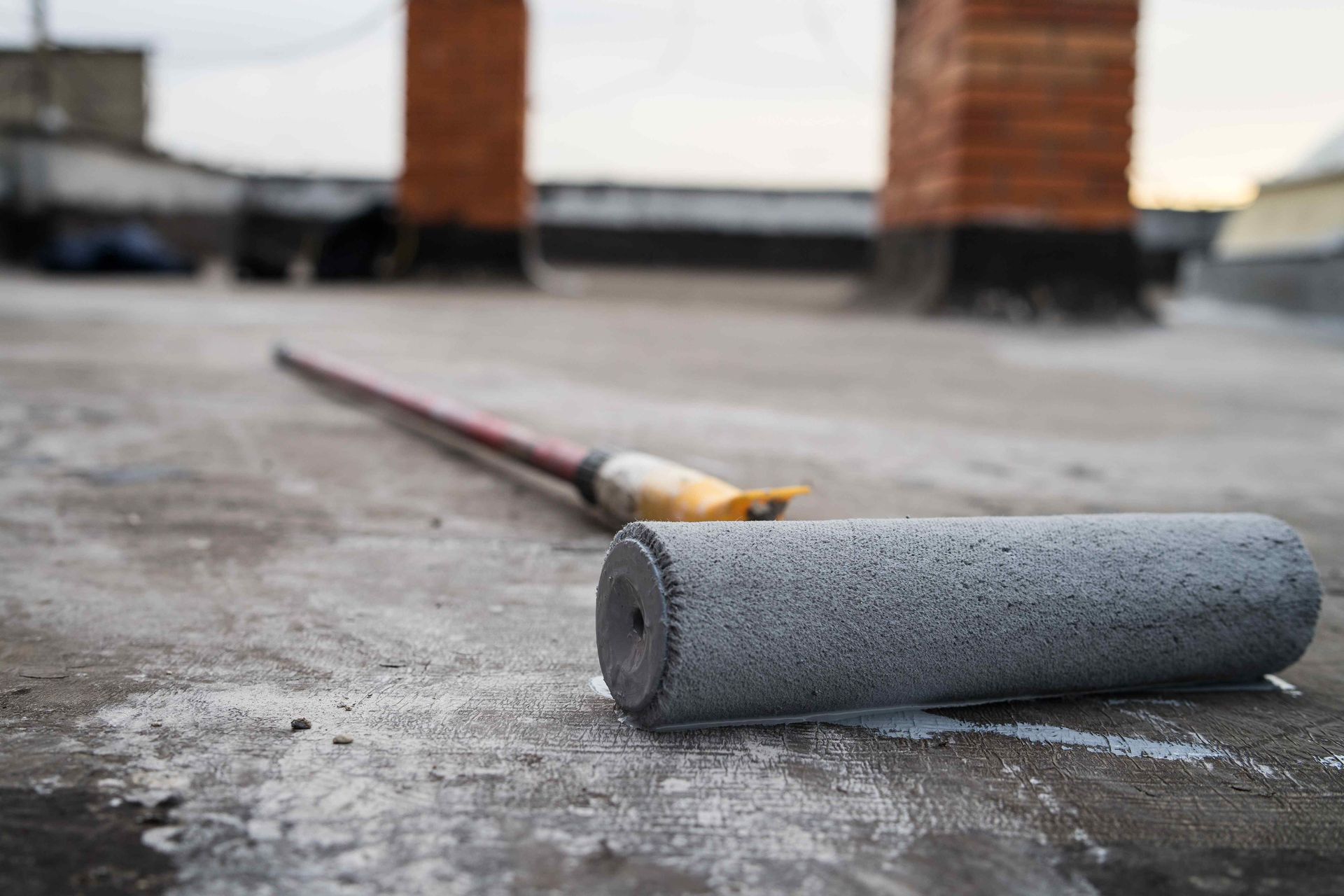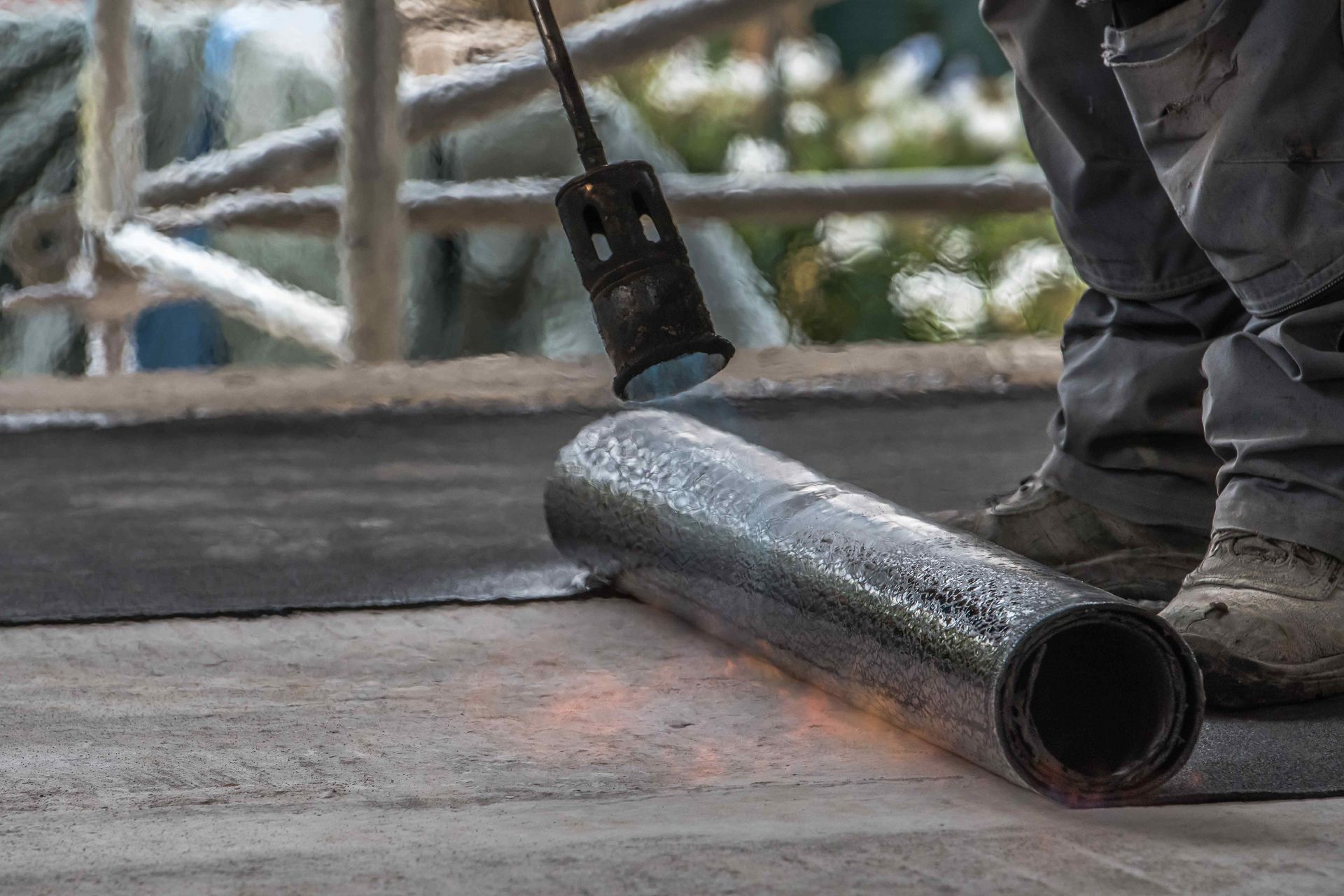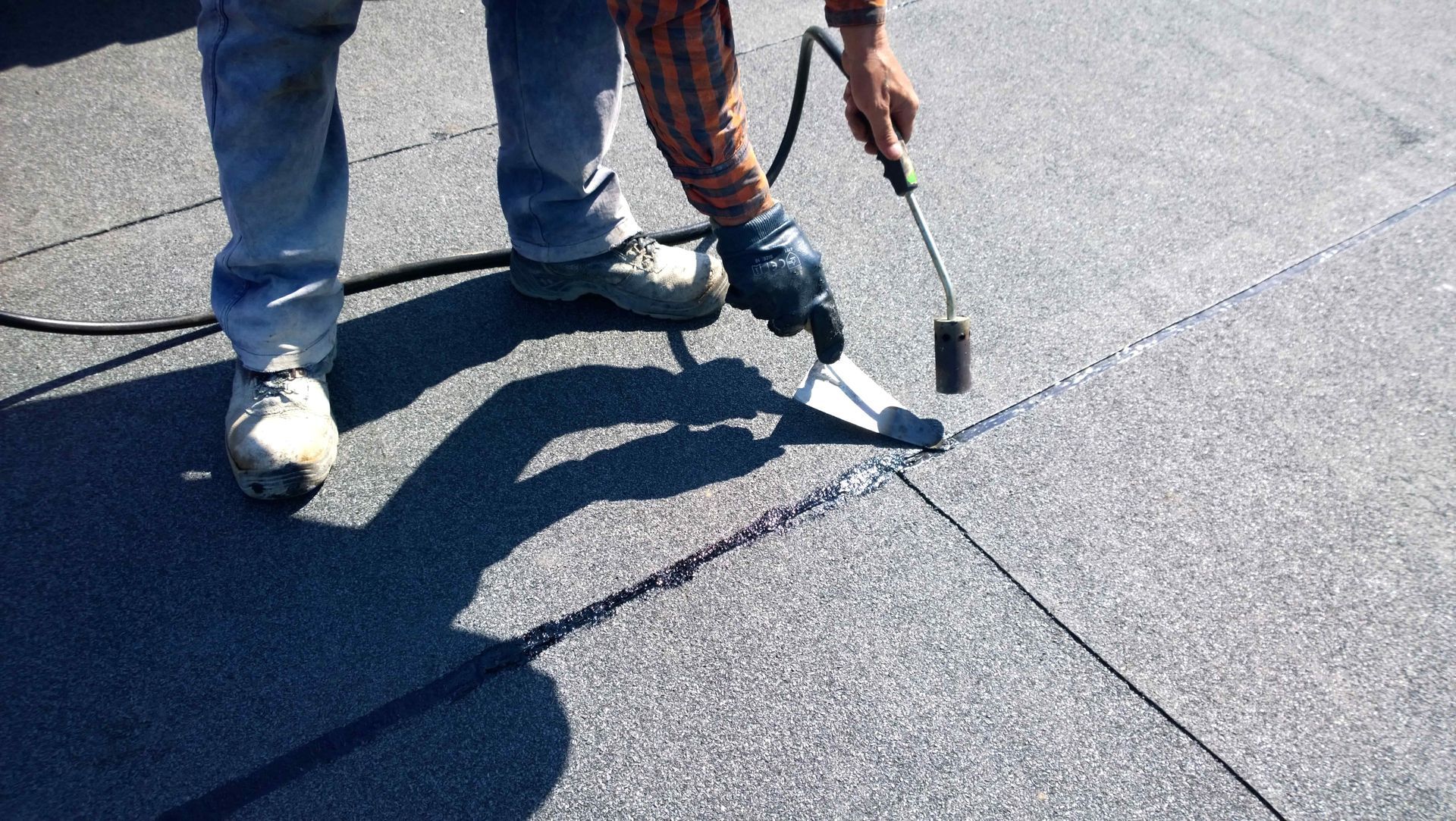Roof Repair with Tar
Roof Repair with Tar
Introduction: Welcome to our comprehensive guide on roof repair using tar. In this blog post, we will delve into the process of repairing roofs with tar, exploring its benefits, application steps, safety measures, common mistakes to avoid, and key takeaways for a successful repair project. Whether you're a seasoned roofer or a homeowner looking to tackle a roof repair job, this guide will equip you with valuable insights and knowledge to effectively utilize tar in maintaining and enhancing the longevity of your roof. Let's get started!
What is Roof Repair with Tar?
When it comes to roof repair, using tar is a common method employed by professionals in the industry. Tar, a viscous and waterproof material, is used to patch up leaks and cracks in roofs. The process involves applying tar directly to the damaged area to create a strong and durable seal. Roof repair with tar is known for its effectiveness in preventing water infiltration and extending the lifespan of a roof. Additionally, tar is relatively easy to work with and is a cost-effective solution for minor roof repairs.
Benefits of Using Tar for Roof Repair
Benefits of Using Tar for Roof Repair:When it comes to roof repair, utilizing tar offers a range of advantages that are worth considering. One of the primary benefits of using tar for roof repair is its excellent durability. Tar acts as a protective sealant, forming a strong barrier against water infiltration, preventing leaks and moisture damage. This durability ensures that your roof remains sturdy and resistant to weather elements, extending its lifespan.Additionally, tar is cost-effective compared to some other roofing materials, making it an attractive option for budget-conscious homeowners or contractors. Its affordability does not compromise its effectiveness, as tar is known for its versatility in repairing various types of roofing materials, including flat roofs, asphalt shingles, and metal roofs. This versatility makes tar a practical choice for a wide range of roofing repair projects.Moreover, the application of tar for roof repair is relatively straightforward, requiring minimal time and effort to achieve effective results. Its ease of use makes it a preferred option for both professionals and DIY enthusiasts looking to address minor to moderate roof issues promptly.Furthermore, tar offers excellent adhesion properties, ensuring a secure bond with the roof surface. This strong adhesion helps in creating a seamless and watertight seal, reducing the risk of water penetration and subsequent damage to the underlying structure.In summary, the benefits of using tar for roof repair include durability, cost-effectiveness, versatility, ease of application, and strong adhesion properties. By harnessing these advantages, you can effectively address roof issues and maintain the integrity of your roof for years to come.
Steps for Applying Tar for Roof Repair
Steps for Applying Tar for Roof Repair:To successfully apply tar for roof repair, follow these systematic steps. Begin by preparing the roof surface, ensuring it is clean and free of debris. Next, carefully inspect the damaged area and assess the extent of repair needed. Clean the area thoroughly and allow it to dry completely. Once the surface is prepped, heat the tar to the appropriate temperature for optimal application. Use a trowel or brush to evenly spread the tar over the damaged area, ensuring full coverage and a secure seal. Allow the tar to cure as per manufacturer's instructions before inspecting the repair for any touch-ups. Remember to work methodically and safely to achieve a durable and effective roof repair using tar.
Safety Precautions When Using Tar for Roof Repair
When it comes to using tar for roof repair, safety precautions are paramount to ensure the wellbeing of both the workers and the property. Here are some key safety measures to keep in mind when applying tar for roof repair:1. Personal Protective Equipment (PPE): Before starting any roof repair work involving tar, it is essential to wear the appropriate PPE, including gloves, goggles, and durable clothing to protect your skin and eyes from contact with the tar.2. Ventilation: Ensure that the work area is well-ventilated to prevent exposure to fumes emitted by the tar. Working outdoors or using proper ventilation systems can help disperse any harmful vapors.3. Fire Safety: Tar is highly flammable, so it is crucial to take fire safety precautions during roof repair. Keep fire extinguishers nearby, avoid smoking near the work area, and eliminate any potential ignition sources.4. Working Conditions: Only perform roof repair with tar in favorable weather conditions. Avoid working in extreme temperatures or windy conditions that can affect the application and curing of the tar.5. Handling Procedures: Follow proper handling procedures for tar, including storing it in a safe and secure location away from heat sources and children. Be cautious when transporting or handling containers of tar to prevent spills and accidents.By following these safety precautions when using tar for roof repair, you can mitigate risks and ensure a smooth and secure repair process. Prioritizing safety measures not only protects individuals involved but also contributes to the successful completion of the repair job.
Common Mistakes to Avoid When Using Tar for Roof Repair
When using tar for roof repair, it's important to be aware of potential mistakes that can compromise the effectiveness of the repair process. One common mistake to avoid is applying tar in wet conditions. Moisture can prevent the tar from properly adhering to the surface, leading to an ineffective seal. Additionally, using too much tar can result in a messy application that hinders the roof's appearance and may attract debris over time. Another mistake to steer clear of is neglecting to clean and prepare the repair area adequately before applying the tar. Any dirt, debris, or loose materials left on the surface can prevent the tar from forming a secure bond and may lead to premature failure of the repair. Lastly, failing to follow manufacturer guidelines or recommended application techniques can also result in subpar repairs. It's crucial to read and understand the instructions provided with the tar product to ensure proper application and optimal results. By avoiding these common mistakes, you can ensure that your roof repair with tar is effective, durable, and aesthetically pleasing in the long run.
Conclusion
Conclusion: In conclusion, roof repair with tar can be a cost-effective and efficient solution for addressing various roofing issues. By understanding the process of using tar for roof repair, the benefits it offers, the proper steps for application, safety precautions to follow, and common mistakes to avoid, you can confidently tackle roof repair projects with tar. Remember, proper preparation, application, and attention to detail are key to ensuring a successful repair job. Whether you are a seasoned professional or a DIY enthusiast, integrating tar into your roof repair toolkit can help maintain the integrity and longevity of your roof. Stay informed, stay safe, and enjoy the benefits of a well-maintained roof using tar as your repair solution.
Service Content Info

Aux Element 1

Aux Element 2

Aux Element 3
Quick & Reliable roof repair and installation Savannah Georgia
Ready to secure your property with top-tier roofing? Contact us today for reliable solutions that stand the test of time—your trusted Savannah roofing partner – Top Roof.
Navigation
Working hours
- Mon - Fri
- -
- Saturday
- -
- Sunday
- Closed

All Rights Reserved | Top Roof
Powered by: WebPro.ai

